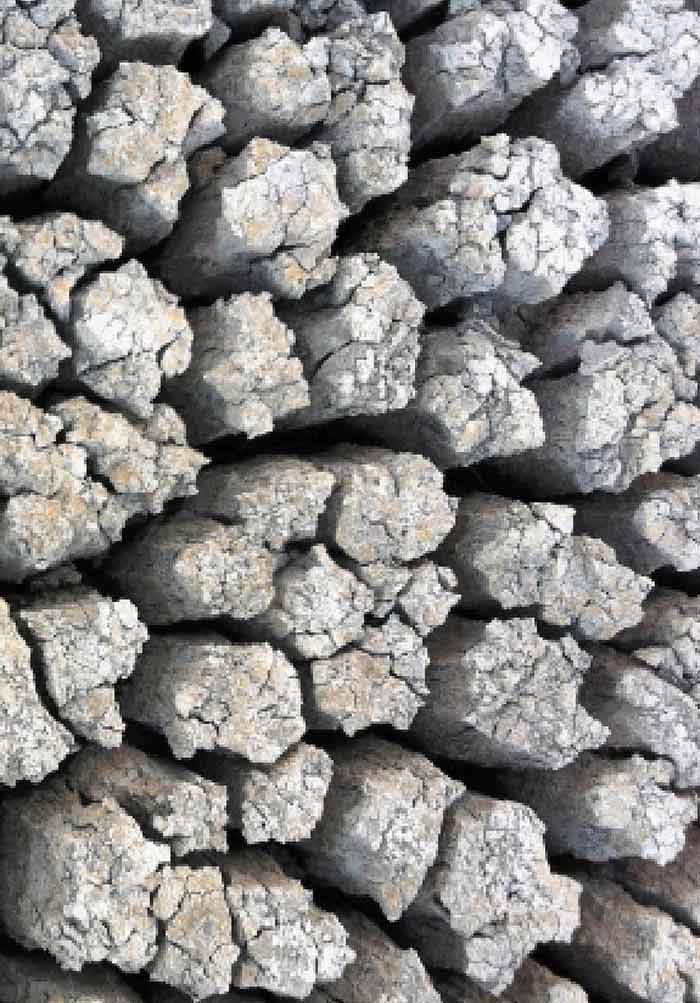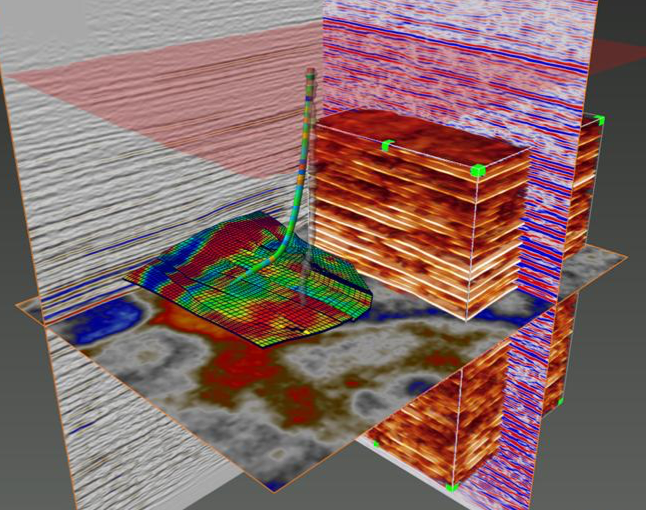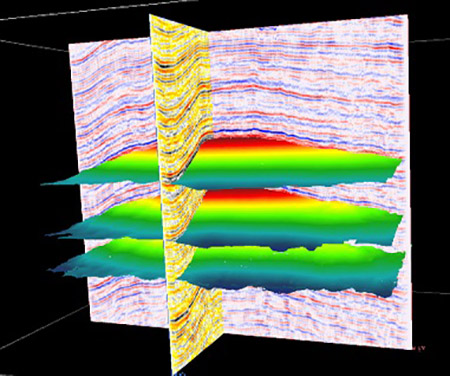

This training course will feature:
By the end of this training course, participants will be able to:
This BTS training course is suitable for exploration and development geologists, seismic interpreters, sedimentologists, petrographers and other upstream subsurface professionals who are interested in optimally utilizing geological data as a predictive tool in sedimentary basins and for identifying hydrocarbon plays in active petroleum systems.
This interactive Training will be highly interactive, with opportunities to advance your opinions and ideas and will include;
Day One: An Overview and the Use of Chronostatigraphy
Competency Description: Understanding the fundamental laws, principles and application of chronostratigraphic techniques and to be able to identify key stratal surfaces and sequences on seismic.
Key behaviors
Topics to be covered
Day Two: Seismic Stratigraphy and Controls on Basin Stratigraphy
Competency Description: To recognize the geometry of depositional systems, to be able to identify seismic sequences and to understand the main controls on basin stratigraphy.
Key behaviors
Topics to be covered
Day Three: The Models and Principles
Competency Description: To be able to recognize sequence and seismic sequence boundaries and all clastic systems tracts and to know where these are developed in a typical shelf to basin profile.
Key behaviors
Topics to be covered
Day Four: Sequence Definition from Wells and Seismic
Competency Description: To be able to identify key stratal surfaces and sequences on seismic and also how to calibrate these by using integrated well log data and recognize seismic facies and how to identify them by using seismic attributes.
Key behaviours
Topics to be covered
Day Five: Sequence Stratigraphy of Carbonates and Relative Sea-level Lowstands
Competency Description: To understand the controls on carbonate production and sedimentation and how sequence stratigraphical techniques can be applied on carbonate platforms and their associated shelves.
Key behaviours
Topics to be covered
BTS attendance certificate will be issued to all attendees completing minimum of 80% of the total course duration.
| Code | Date | Venue | Fees | Register |
|---|---|---|---|---|
| DE184-05 | 22-12-2025 | Istanbul | USD 5950 | |
| DE184-01 | 05-04-2026 | Dubai | USD 5450 | |
| DE184-02 | 05-07-2026 | Amman | USD 5450 | |
| DE184-03 | 20-09-2026 | Dubai | USD 5450 | |
| DE184-04 | 14-12-2026 | Istanbul | USD 5450 |

Rifts represent part of an evolutionary sequence of crustal and upper mantle stretching that leads to normal faulting resulting from extension. Rift basins, as a distinct geological category, account ...

This course is designed to give a broad-based review of the key seismic interpretational techniques relevant to subsurface analysis. The nature of the seismic response will be considered with referenc ...
Providing services with a high quality that are satisfying the requirements
Appling the specifications and legalizations to ensure the quality of service.
Best utilization of resources for continually improving the business activities.
BTS keen to selects highly technical instructors based on professional field experience
Since BTS was established, it considered a training partner for world class oil & gas institution
1st floor, Incubator Buildingو Masdar City, Abu Dhabi, UAE
Sun to Fri 09:00 AM to 06:00 PM
Contact Us anytime!
Request Info